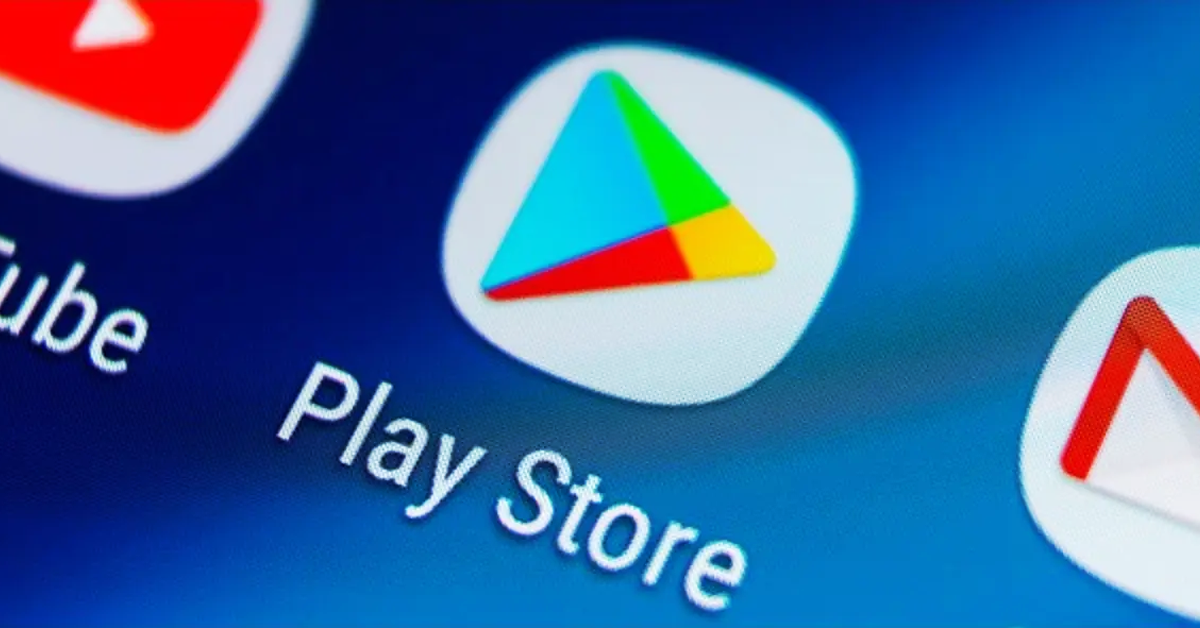
Google Play to Deprecate APKs and Require Migration to AABs
Starting in August 2021, Google will began requiring application developers to submit their apps using the “Android App Bundle” (AAB) format instead of the traditional “Android Application Package” (APK) format. [https://android-developers.googleblog.com/2021/06/the-future-of-android-app-bundles-is.html](The announcement) came from Google Play's product manager, Dom Elliott. Google first introduced the AAB format in 2018 and claims that more than a million apps have already adopted the format. After this August, any remaining apps wishing to publish updates must switch.
The User Experience
In all likelihood, as a user, you’ll not notice anything is different. You are already using AAB’s through most of your popular applications. For privately developed apps that were slower to adopt, you’ll likely see updates coming through very soon.
Migrating Existing Apps
If you have built and deployed an app since then, there is a good chance you’ve already migrated. Most coming Android App building platforms push and encourage the deployment of AAB files. If you have not, the switch ought to be as trivial as updating your build SDK and selecting the target build format. Additionally, if you have an expansion files, they’ll need to be migrated as well. Where APK previously used OBB files, AAB’s will now use Play Asset Delivery or Play Feature Delivery (PAD) files.
Advantages of Android Application Package Format
Most notably, AAB+PAD packages are significantly smaller and subsequently reduce download time. Even more importantly, the Play Store can selectively only download assets relevant to the target platform. You can also selectively download feature-specific modules on-demand to reduce the application’s foot-print on device
Support for Other Application Channels
For maximum audience reach, you are very likely going to want to publish your app on multiple channels, such as Amazon’s App Store. While at the moment, Amazon is still using the APK standard, you have a few options. You can simply build for multiple targets. Your build compiler should support this. Alternatively, Google Play’s Developer Console allows you to download an exported and signed APK derived from your AAB. You can then, in turn, upload this to your other channels.
Google Play Instant Experiences
You may have seen the Try Now option available for some apps. This is the Play Store’s instant play experience that allows you to use or demo the app without installing. These were previously deployed in a ZIP format and have also now adopted the Android App Bundle.
APK Sideloading
Your Android device is still perfectly capable of running APK files and will remain that way for the foreseeable future. So, if you have an favorite application that is not deploying through the play store, then it’ll continue to work. As a developer, you can also continue to ship APKs during testing, even if you intend to publish on Google Play Store.